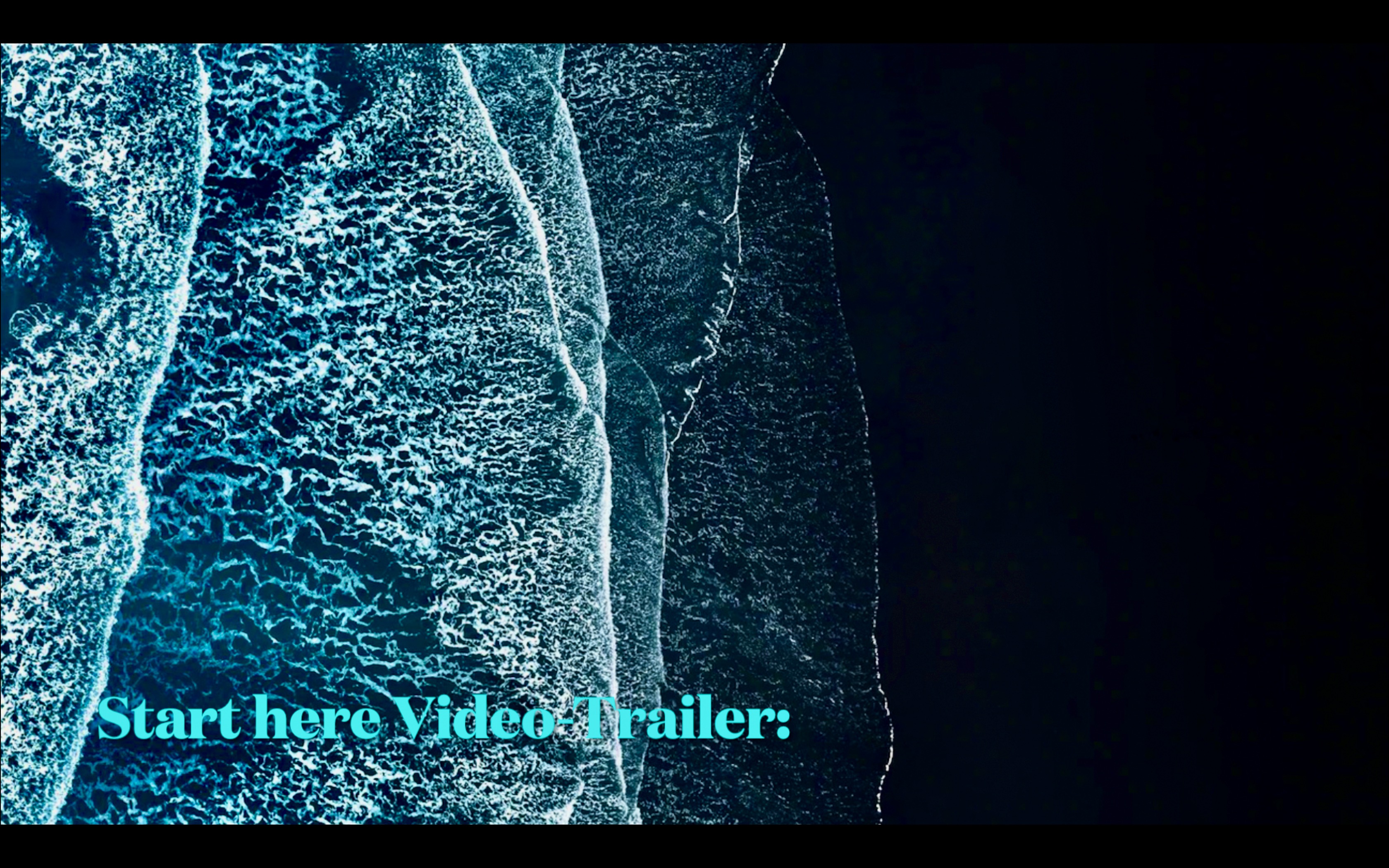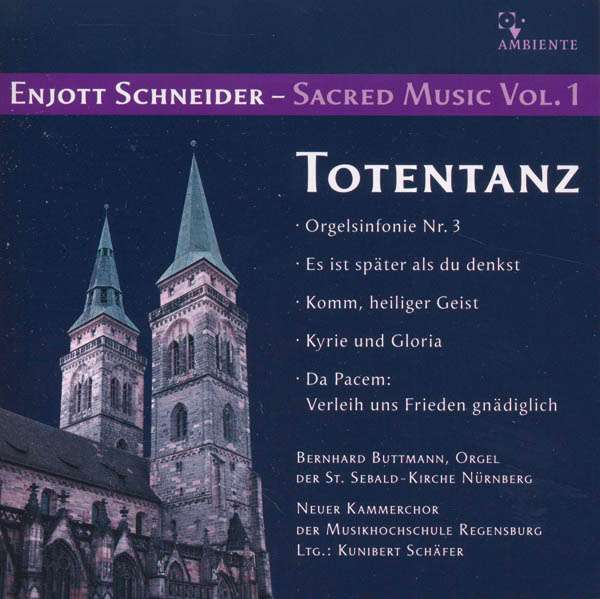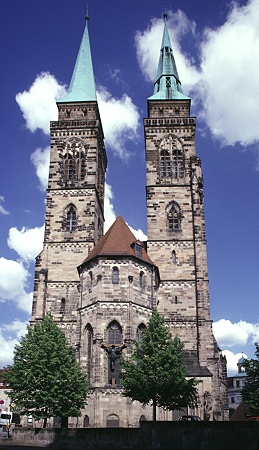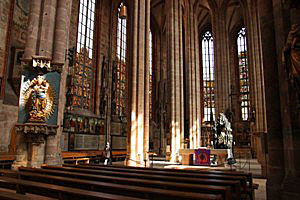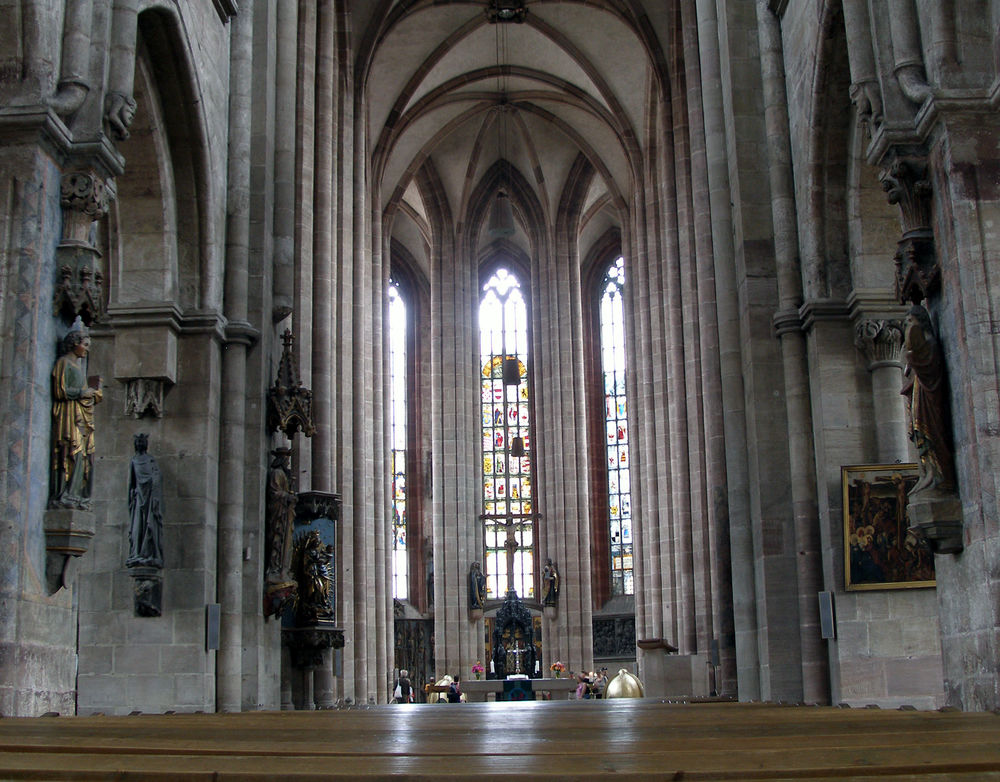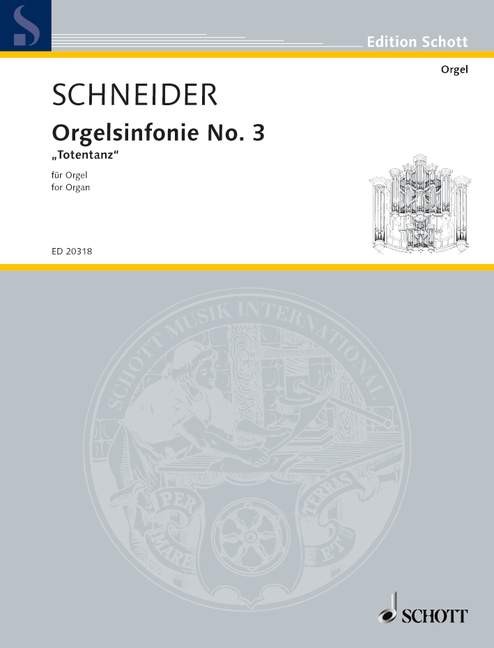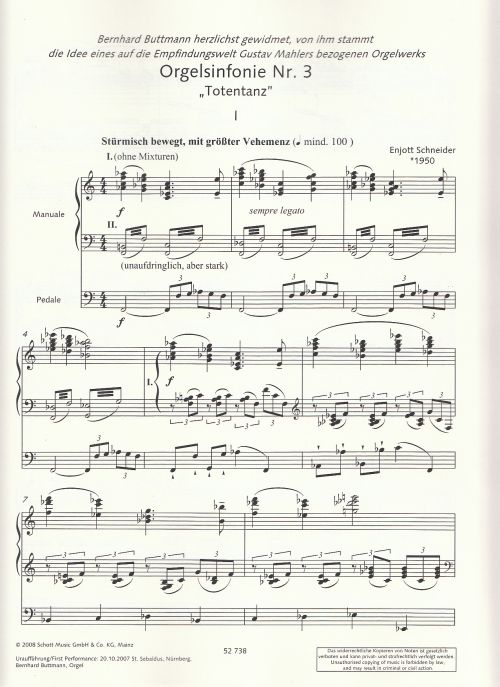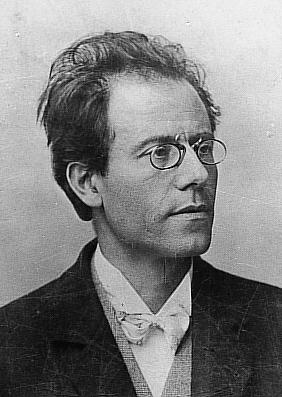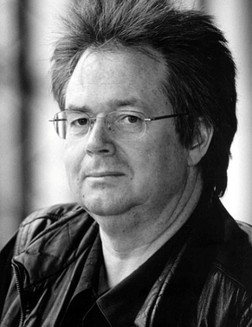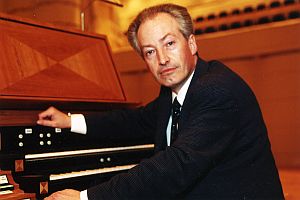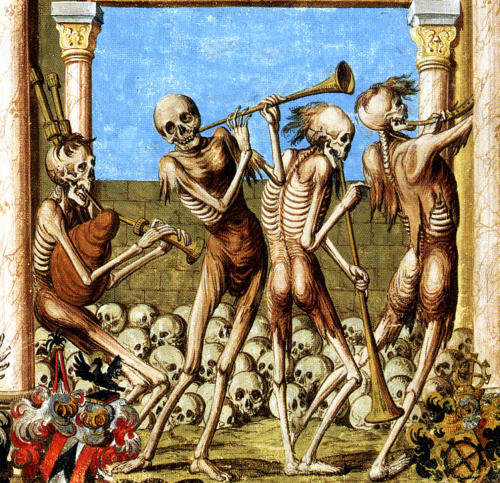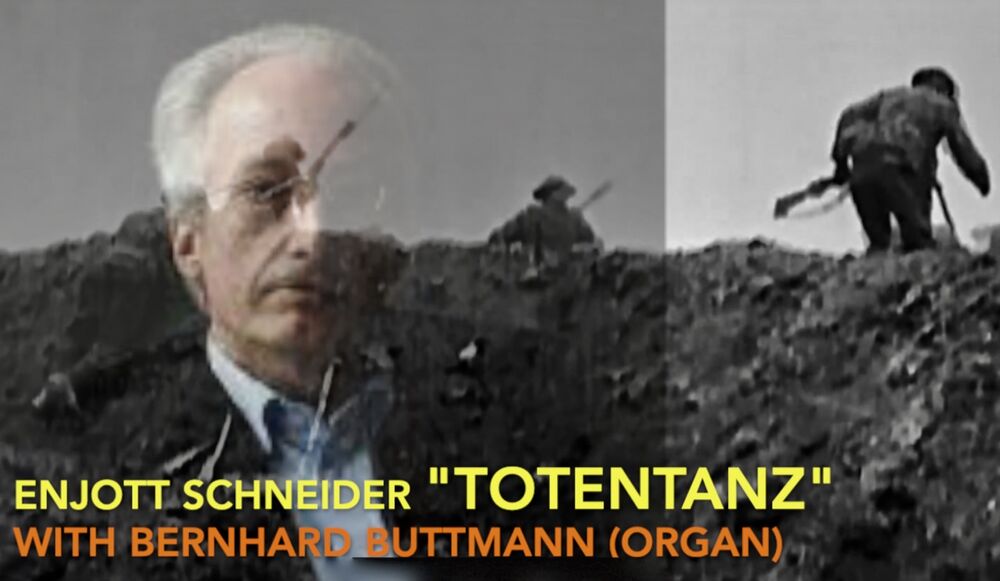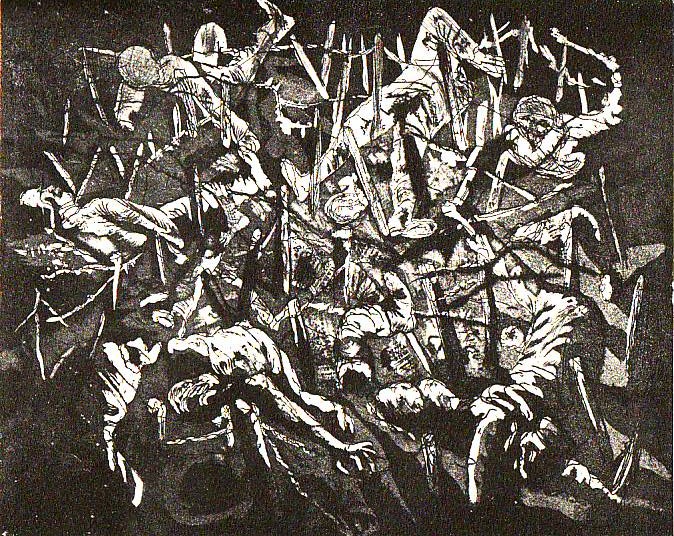
Category: Organ / Sacred Music
The Third Organ Symphony is deeply Romantic in mood: focusing on the darker aspects of life; , torn between eontradietory extremes . I was moved to write this symphony by Bernhard Buttmann, who repeatedly advised me to examine the work of Gustav Mahler (1860 - 1911), the great master of combining these disparate elements. This led to the idea of adopting the movement titles used in Mahler's Fifth Symphony and using them as the basis for something new, unplanned and unfamiliar. The opening lines of the Latin sequence "Dies irae" (Dayofwrath), inserted into the mass for the dead in the 14th Century, constitute a hidden theme that links all the movements.
Third movement: Totentanz. Scherzo macabre relates to an engraving by Otto Dix (1891-1969) entitled "Totentanz [Danse macabre] anno 17" from his cycle Der Krieg of 1924.
Movements: Movement 1: Rough, with great vehemence
Movement 2: Funeral march. In metered tempo. Strict
Movement 3: Totentanz. Scherzo Macabre
Movement 4: Adagietto. Very slow
Duration: 35 Minutes
Publisher of notes/sheet music: Schott Music , ED 20318 , 2007
Introduction: The Third Organ Symphony is deeply Romantic in mood: full of high ideals, yet focusing on the darker aspects of life; nostalgie and yet revolutionary in its modernity, torn between extremes . I was moved to write this symphony by Bernhard Buttmann, who repeatedly advised me to examine the work of Gustav Mahler (1860 - 1911), the great master of combining these disparate elements. This led to the idea of adopting the movement titles used in Mahler's Fifth Symphony (in whieh he finally broke away from the 'Wunderhorn' preoceupations of his youth, after a serious illness) and using them as the basis for something new, unplanned and unfamiliar. The opening lines of the Latin sequence "Dies irae" (Dayofwrath), inserted into the mass for the dead in the 14th Century, constitute a hidden theme that links all the movements.
First movement Stürmisch bewegt, mit größter Vehemenz [Violently agitated, vehement] depicts our imaginary pro tagonist writhing in despair, in a final struggle between life and death. Its motifs and dynamics are full of expressive contrasts, while the teehnical demands on the performer communicate an immediate and physical sense of the atmosphere of battle.
Second movement: Trauermarsch. In gemessenem Schritt. Streng [Funeral march, with strietly measured steps.] is strongly linked to the first movement, taking up the same motifs and fixing them in the claustrophobic uniformity of its inexorable march. With a relentless and conclusive stride, individualism is borne to its grave. Could this be the end of Romanticism?
Third movement: Totentanz. Scherzo macabre relates to an engraving by Otto Dix (1891-1969) entitled "Totentanz [Danse macabre] anno 17" from his cycle Der Krieg of 1924. This movement is the logical successor to the preceding image of the individual being earried to the grave: now the theme is mass killing, the machinery of death of the 20th Century, the absurdity and ghastly meaningless ness of war and its human victims. Few have found such powerful visual expression for this as Otto Dix, who drew the analogy between human torment and sacred images of the crucifixion in other works too (sometimes verging on obscenity), such as his triptych Der Krieg [the war] in the form of mediaeval altarpieces . This Scherzo macabre does not look for reeonciliation, but tears open wounds: it is Satan's rattling laughter at the stupidity of mankind. Fourth movement: Adagietto. Sehr langsam seeks to evoke a sense of comfort in mourning with something approach ing "in paradisum", though its success here is only fragmentary. Images such as those by Otto Dix and the daily horrors of events in the news obtrude too readily; all that seems to be left of the nostalgie dreams of Romanticism is the sign of the question mark.
Dedication: Cordially dedicated to Bernhard Buttmann; it was his inspiring idea to create an organ composition based on the emotional world of Gustav Mahler (1860-1911)
World premiere: 10.08.2007, St. Sebald/ Nuremberg
Performers at world premiere: Bernhard Buttmann, organ
Press reviews for world premiere: Nürnberger Nachrichten of the 22nd of October 2007 'A climax followed the premiere of Enjott Schneider's 3rd organ symphony. One finds the progressive treatment of a motif with high recognition value also here: Increasingly, the atmosphere - falls to the domination of Mahler's 5th symphony - in the claustrophobic, macabre, sombre, overtaxed and hope. 'Totentanz' is an atmospheric Organ symphony (Anja Barckhausen)
Records: ambiente Musikproduktion Ord.No. ACD 3004, 2008
Performers on recording: Recorded for CD on the 7th and 8th of november 2007 with Bernhard Buttmann
Sound master: Ulrich Kraus
CD: TOTENTANZ, series: Enjott Schnieder Sacred Music Volume 1
